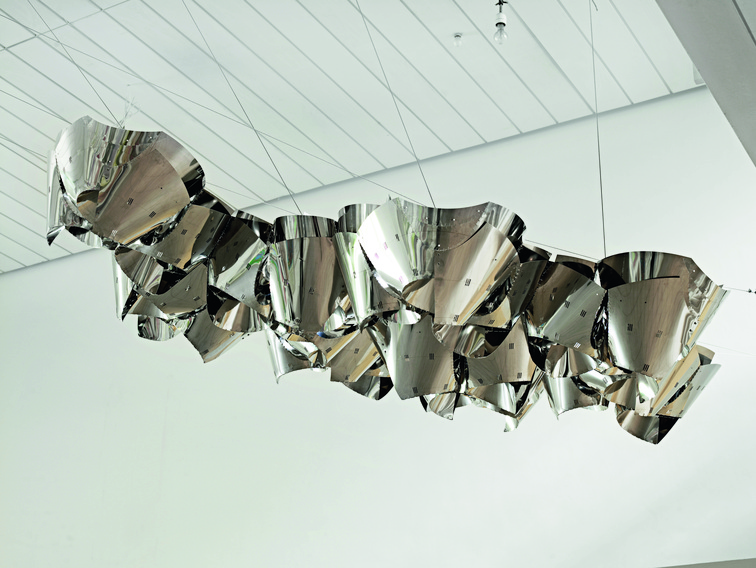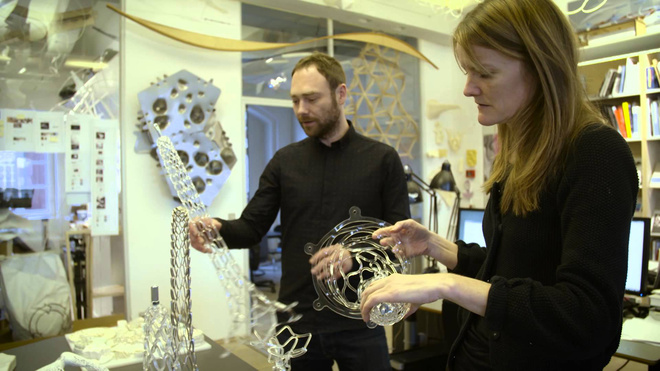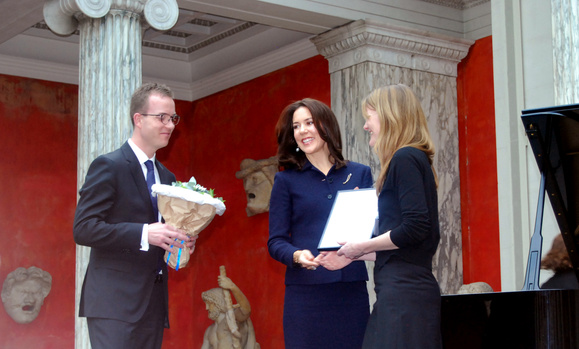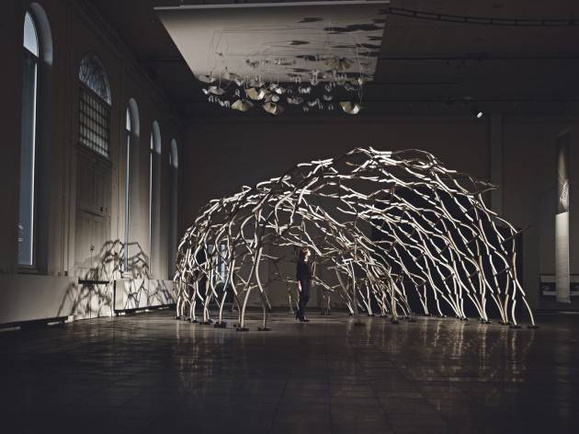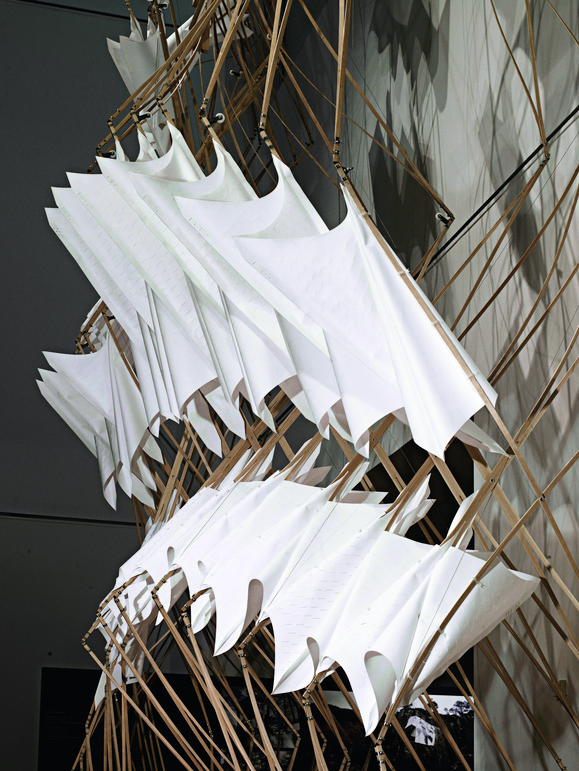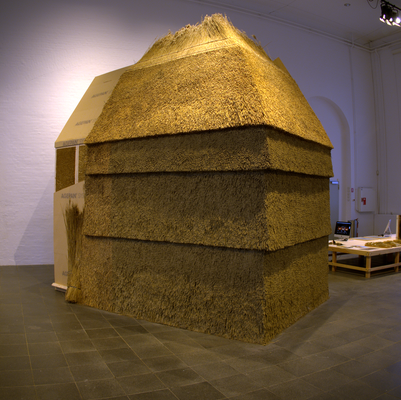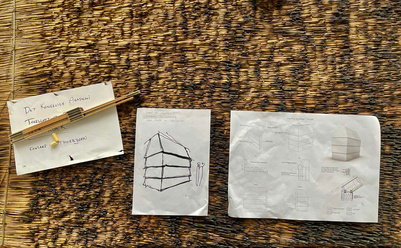EliteForsk prize for Professor Mette Ramsgaard
Mette Ramsgaard Thomsen, a Professor at KADK, is the first-ever architectural researcher to win an EliteForsk prize. She is being honoured for her pioneering research in digital design and the manufacture of architecture.
The EliteForsk prize is awarded every year to “five outstanding, international league researchers, who are making an extraordinary contribution to enhancing research in Denmark.” The price includes the sum of DKK 1.2 million, 1 million of which will help finance further research.
Mette Ramsgaard Thomsen was awarded the EliteForsk prize for her pioneering research in the intersection between architecture and digital technologies - basic research that can lead to brand new ways of designing and producing architecture in the future. Mette Ramsgaard conducts her research in the setting of KADK’s Centre for IT and Architecture (CITA), of which she is head.
“The Eliteforsk prize is very significant for me personally, for the Centre and for KADK,” says Mette Ramsgaard. “I am both proud and delighted that our research is considered relevant - not just for our profession, but also for Denmark.”
Digital design with future prospects
Today we build using standardised materials and with a familiar building technology that is based on methods from the age of Modernism, in which design and production are two different stages of the process. Instead, Mette Ramsgaard Thomsen investigates design based complex digital design programmes, which relate directly to digital manufacture using 3D printing or robotic technology. She investigates what prospects this has for the use of materials, construction and, consequently, our buildings in the future.
“The architect’s digital tools have created profound changes in the way we conceive, design and build architecture. And the new digital technologies mean that knowledge and tools from architecture, engineering and manufacturing can come together,” says Mette Ramsgaard. “This enables us to rethink the staged design process and to integrate simulation and digital fabrication in the process”.
Focus on materials
A key element of Mette Ramsgaard’s work is research into how the advanced digital design tools can lead to a better understanding and deployment of the capacity of materials to support or be part of joints.
“The intention is to exploit the properties of materials far more specifically than today: for example, their ‘performative’ capacity to stretch or bend, while at the same time retaining freedom of shape. This will enable us to build much more optimally with materials in the future,” says Mette Ramsgaard.
She also investigates how architects can help to “design” new materials, which can be produced directly in relation to a known use situation, and which can react to external influences. This has, for example, led to new fibre materials based on traditional crafts such as knitting and weaving. That way you can optimise the consumption of materials in new, light and more sustainable constructions.
Her research is based on design experiments, in which CITA builds models and prototypes in 1:1 to investigate the properties of materials, construction and spatial design. This can be seen in a range of amazing models of high aesthetic quality, which have been presented at several international exhibitions and biennales.
